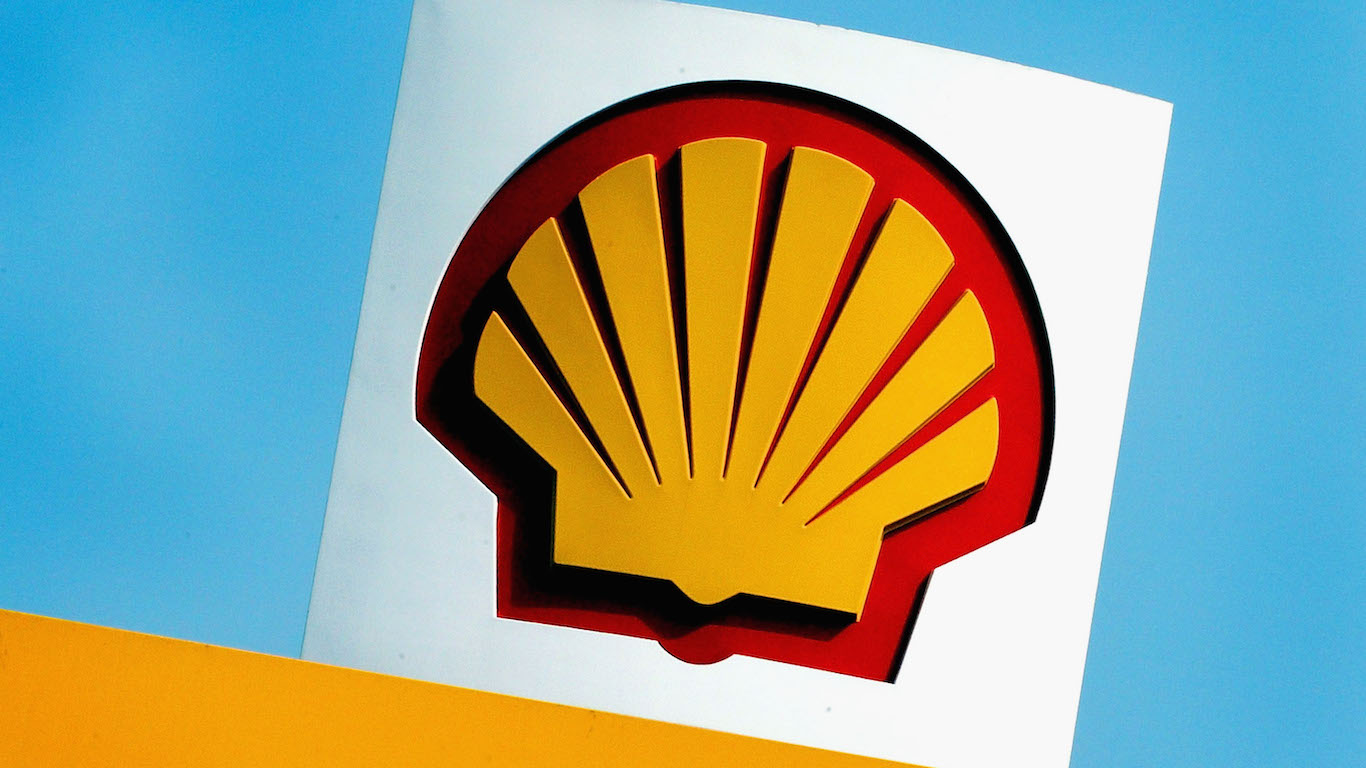
Consumer research firm Morning Consult reported Thursday morning that its consumer sentiment index slid from 89.45 on March 25 to 89.19 on March 26. The index has remained below 100 for more than a week.
The one-day drop of 0.3% compounded the sharp declines of the past week but represents a distinct slowdown of the drop in consumer confidence.
Based on its daily surveys, this marks an overall year-to-date decline of 24.67% since January 1. Since February 23, the index has dropped by more than 22 points. For the tenth consecutive day, the consumer sentiment index has fallen to its lowest level since tracking began.
On Friday, the University of Michigan consumer sentiment index for March is set to be released. Economists are expecting a month-over-month decline from 95.9 to 91.3, a drop of nearly 4.8%.
New claims for unemployment benefits hit an all-time high nearly five times greater than the previous high. New claims totaled about 3.2 million last week as Americans who have been told to remain at home filed for benefits. The total was more than triple the consensus estimate of 1 million new claims, although some analysts had estimates as high as 3 million. The massive drop may be just the beginning of a long string of bad news on the jobs front.
If there is a silver lining (or at least a tin one), the Senate has approved a $2.2 trillion relief package that includes a big boost to unemployment benefits. For starters, the duration of benefits has been extended from 26 weeks to 39 and the weekly benefit has been increased by $600 through July. Non-traditional (self-employed, contractors, gig economy) workers are also eligible for benefits. The goal for this part of the package is to replace wages lost to a black swan event of unprecedented magnitude.
Other parts of the relief package include nearly $350 billion in loans to U.S. small businesses for the purpose of paying those wages and other expenses like rent and utilities while they remain closed. Big businesses, along with state and local governments, are lining up for $500 billion in loans, guarantees and other aid. The goal here, of course, is to try to ensure that workers have jobs to return to once the COVID-19 pandemic ends.
While the federal aid package is usually referred to as a stimulus program, in reality, it is a life-support program, trying to keep the world’s largest economy from dying for lack of oxygen (cash).
It’s Your Money, Your Future—Own It (sponsor)
Retirement can be daunting, but it doesn’t need to be.
Imagine having an expert in your corner to help you with your financial goals. Someone to help you determine if you’re ahead, behind, or right on track. With SmartAsset, that’s not just a dream—it’s reality. This free tool connects you with pre-screened financial advisors who work in your best interests. It’s quick, it’s easy, so take the leap today and start planning smarter!
Don’t waste another minute; get started right here and help your retirement dreams become a retirement reality.
Thank you for reading! Have some feedback for us?
Contact the 24/7 Wall St. editorial team.
 24/7 Wall St.
24/7 Wall St.

